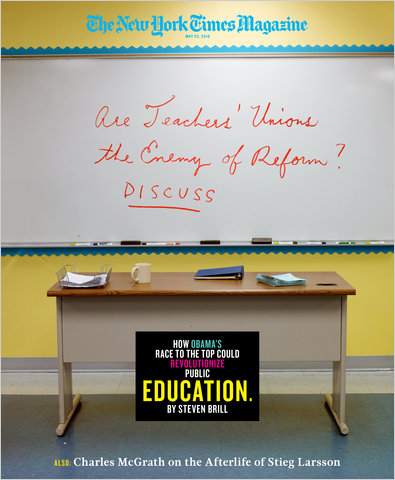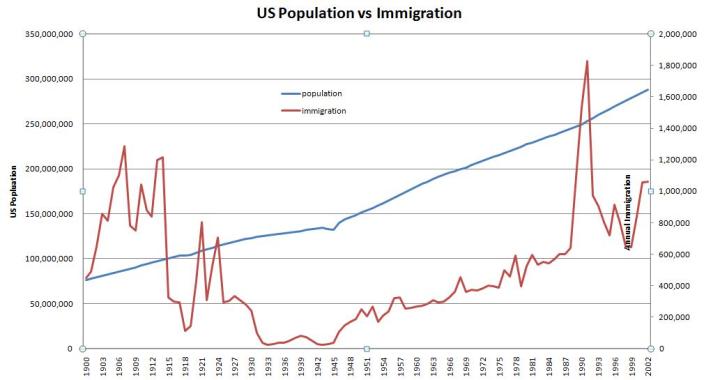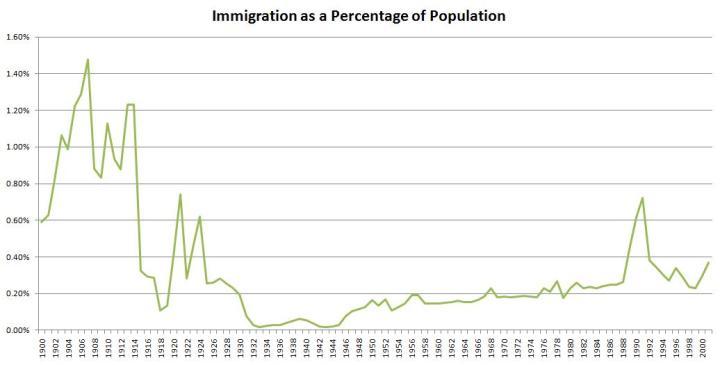Imagine a father and son talking about a poor report card. The son says the teacher doesn't like him. The father says that is just not fair. So the son doesn't learn and improve from the report card experience and the next report card is worse. The teacher or the system is blamed again and soon the son drops out.
This scenario is repeated many times in our education system. In our state about 1 in 4 students that start high school never finish. I propose that a meaningful number don't finish because of this negative reinforcement loop. Clearly, even if the father is right and the teacher has treated the student unfairly, the victim is the student. We cannot blame this failure on the student. By the time we get done with that he has already dropped out and is well on his way to a low income future.
Michael Lewis wrote a book a few years back about how this can happen at the other end of the economic spectrum. He went back to his privileged New Orleans high school to interview the baseball coach, because, like many coaches, this one was tough on the kids. In the 70's, when Michael Lewis was there, that was how it worked, these days, the parents were trying to have the coach removed.
If they could not get the coach removed, these lawyers and doctors wanted to intimidate the coach into telling their sons that they were better athletes than they were. They wanted the coach to give more playing time, not run the guys so hard, you know the drill.
Those student athletes are the victims just like the high school drop outs. Sure those rich kids are probably going to be just fine, but think of the missed opportunity for life shaping lessons.
Lawyers are particularly good at making victims like this. In the now famous McDonald's vs Liebeck case, where Liebeck was awarded over $3 million to compensate for burns she suffered when she spilled her coffee in her lap. I think it is a shame that she was burned by her coffee spill. However, the real damage came later when she was persuaded to sue McDonalds. The case went on for two and a half years, and then was negotiated down after the award to something less than $600,000. Sure that is a lot of money, but Leibeck was 79 years old at the time of the incident. She came to believe that she was a victim and she turned two or three years of her life over to that way of thinking.
Imagine all of the people that choose to enter into the aggravation of such a fight and lose years of their lives and in the end, many don't even win any money!
Next lawyers will be telling their sons not to worry about their schoolwork because they can just sue the school instead.
Here is the book Coach by Michael Lewis should you be interested in reading it.
 I was lucky enough to see the big glaciers in action in 2008 when we did the inside passage trip including Glacier Bay. If you have not been to SE Alaska - I highly recommend it.
I was lucky enough to see the big glaciers in action in 2008 when we did the inside passage trip including Glacier Bay. If you have not been to SE Alaska - I highly recommend it.

